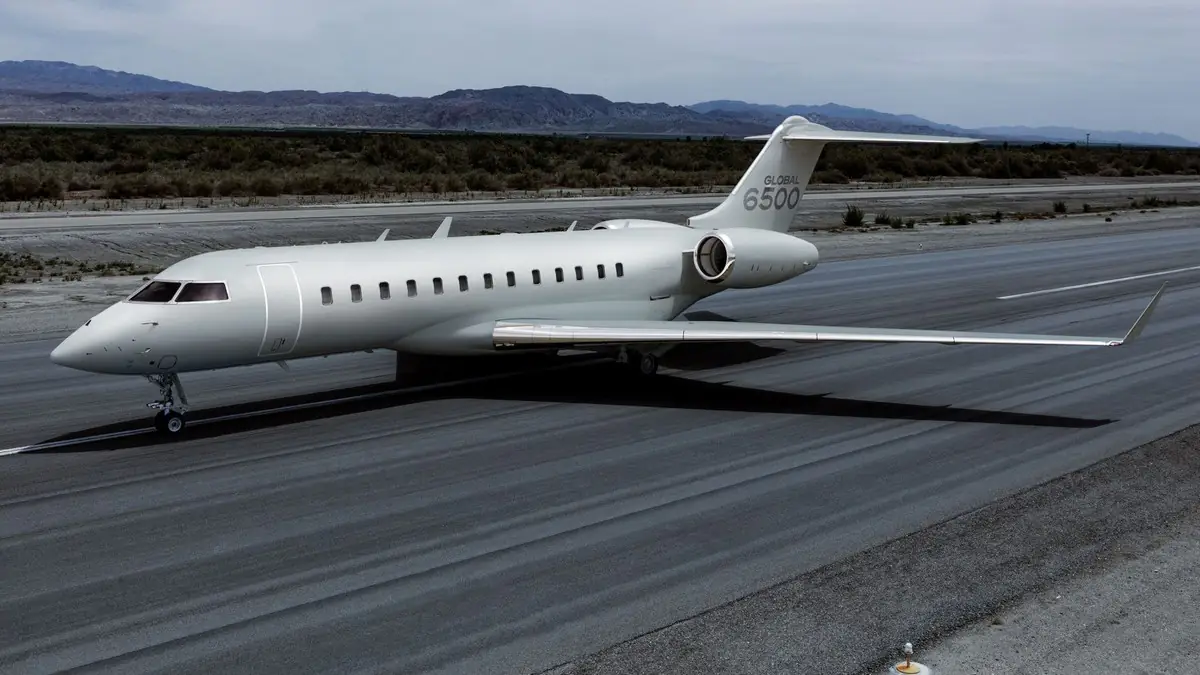We’ve all heard the roar of engines during landing. Does the pilot actually turn the engines on for landing? In fact, what you hear are the thrust reversers in action.
Safely landing a large passenger aircraft requires a complex set of systems and procedures working precisely and in coordination. These processes have built-in redundancies to handle adverse conditions or tight schedules. Consider this: a typical airliner can weigh over 60 tons during landing, moving along the runway at speeds exceeding 240 km/h. Bringing something with that much momentum to a stop is no simple task.
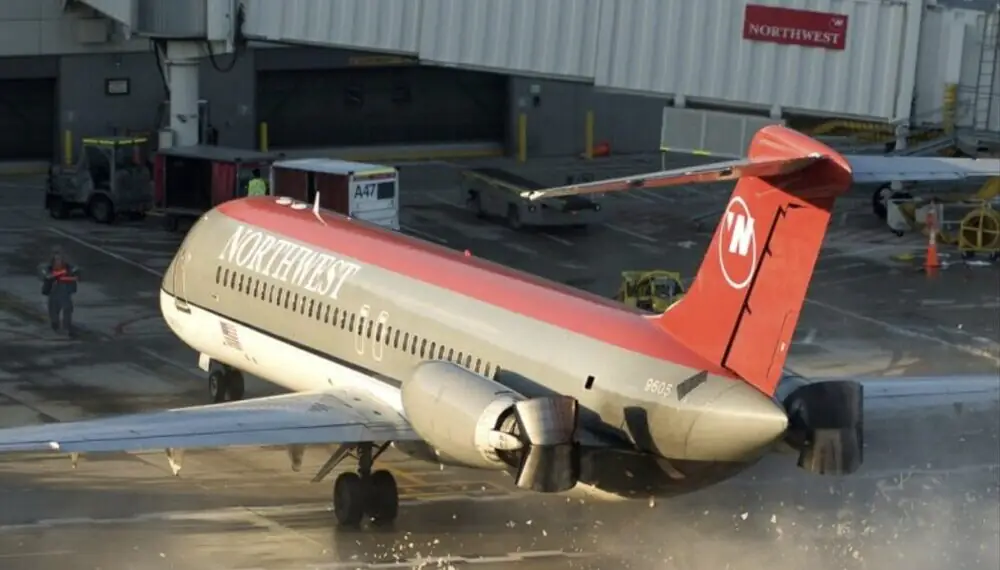
For this reason, aircraft are equipped with powerful, high-temperature brakes. These work on the same basic principle as car brakes – converting kinetic energy into heat. However, on an aviation scale, these are heavy-duty systems capable of stopping a fully loaded airliner, even in critical situations like an aborted takeoff. There is, however, a caveat: the effectiveness of these brakes decreases under conditions of high temperature, elevated humidity, or slippery runway surfaces. These factors can limit their ability to bring the aircraft to a quick and safe stop.
Read also: Swift Beat’s Shahed Interceptor Drone: What We Know
TABLE OF CONTENT:
What are thrust reversers
This is where thrust reversers come into play. Their activation is marked by a distinct loud snap, followed by a sharp whistle as the engines do something that might seem counterintuitive: they generate thrust forward, but redirect it backward. This is thrust reversal – a form of additional braking that works alongside the main wheel brakes.
Thrust reversers are specialized mechanisms in jet engines that change the direction of the exhaust gases, pushing them forward instead of backward. Their primary purpose is to reduce the aircraft’s speed during landing, shortening the braking distance and easing the load on the landing gear brakes.
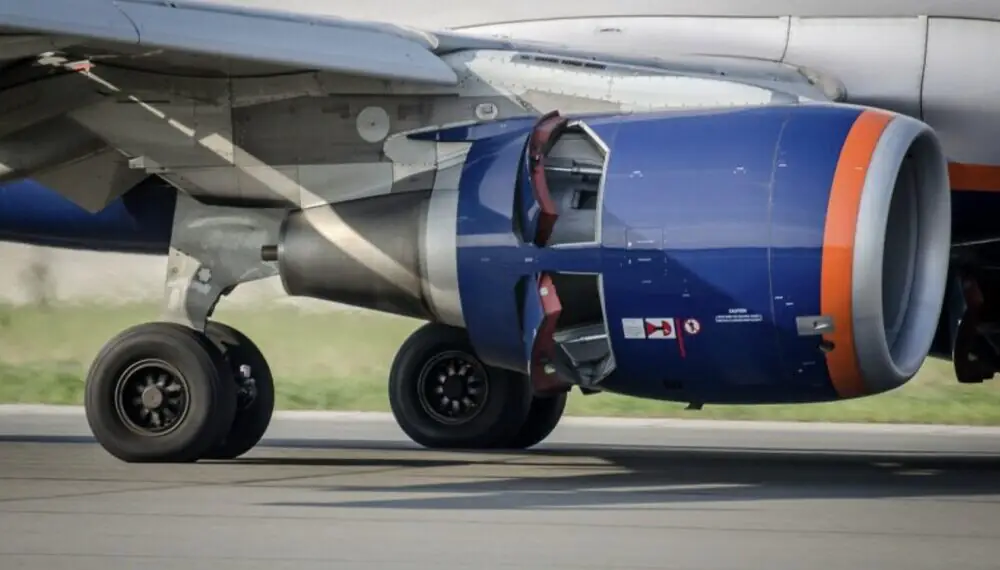
Why does this matter? Because in situations with limited runway length, poor weather, or a heavy aircraft weight, thrust reversers provide an important additional safety margin. They reduce the strain on the main brakes, shorten the landing roll, and improve ground handling control.
So, even though aircraft already have robust braking systems, thrust reversal isn’t just a backup – it’s a key part of the landing procedure. It’s used not only in emergencies but during every landing on wet, short, or heavily loaded runways. This is especially relevant at busy airports or during periods of high traffic, where maneuvering time is limited.
It’s now clear why the engines “open up” during landing: it’s not a malfunction or error, but a carefully engineered process.
Read also: Is Space Becoming the New Battlefield?
What types of reversers exist and how they work
At first glance, it might seem like the aircraft engine simply “opens up,” as if a panel has come loose during landing. In reality, this is a carefully designed mechanism – that’s how thrust reversal works. Its purpose is to redirect part of the airflow forward to create resistance against the aircraft’s motion and assist in slowing it down.
In short, the reversal system redirects airflow not from the hot core of the engine, but from the bypass air – the portion that flows around the main combustion chamber. Modern turbofan engines are high-bypass designs, meaning a significant amount of air bypasses the engine core. The higher this bypass ratio, the more air can be redirected through the thrust reversers, making braking more effective.
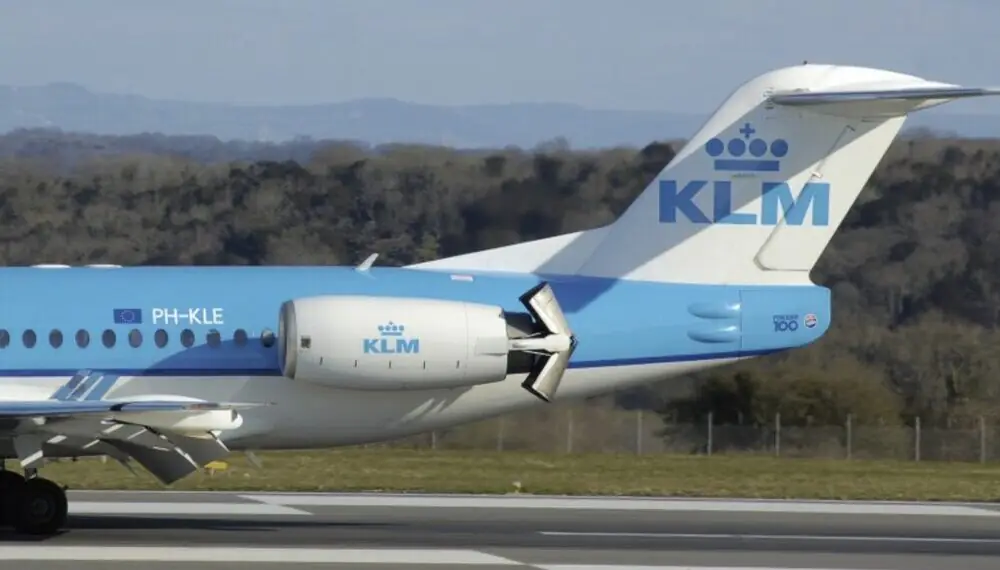
Imagine removing the front turbine of an engine and looking inside the casing. The core working area is in the center, surrounded by a wide channel for bypass air. This is the airflow that the thrust reverser redirects when special flaps activate: instead of flowing straight backward, the air is deflected forward at an angle. This creates resistance against the aircraft’s motion – essentially, an “airborne counter-thrust.”
There are several types of thrust reversers, depending on the engine design:
-
Cascade reversers – the most common in modern aviation. These are found on aircraft like the Boeing 737, 787, and Airbus A320. They use a system of bucket-shaped doors and cascades (grilled deflectors) that redirect airflow from the cold bypass stream forward.
- Clam-shell reversers – often seen on older aircraft. This design closes off the exhaust nozzles and redirects the hot exhaust flow sideways.
- Swinging door reversers – a less common and somewhat outdated type, where the entire rear section of the engine physically rotates forward.
-
Cold-stream reversers – operate solely on bypass air without affecting the hot gases from the combustion chamber. This type is considered the safest and most efficient option for commercial aviation.
What all these systems have in common is that they don’t replace the primary brakes but rather complement them. It’s similar to engine braking in a car: it reduces the load on the brake pads, provides extra control, and enhances safety – especially on slippery or short runways.
So, when you see the engines “opening up” after landing, know that it’s not a malfunction. It’s the aviation equivalent of a driver downshifting and using engine braking – only at speeds of 250 km/h and with a weight exceeding 60 tons.
Read also: All About the Turkish UAV Bayraktar Kizilelma: Development History and Prospects
Why use reversers when aircraft have brakes
As mentioned earlier, brakes – even the best ones – lose effectiveness when they overheat. Each has an optimal temperature range. For example, carbon-ceramic brakes on supercars or Formula 1 cars only perform properly after a few intense braking actions. These brakes are designed to operate at high temperatures – between 370 and 700°C. However, even these advanced technologies are modest compared to the brakes used on modern airliners.
During landing, an aircraft weighing 60 to 80 tons must come to a stop within just a few hundred meters. All that momentum – a mass moving at over 240 km/h – is converted into heat, which the brakes must absorb immediately. Depending on the model, steel, iron, or carbon brake discs are used, capable of withstanding temperatures exceeding 1600°C. Still, these systems require time to cool down after use.
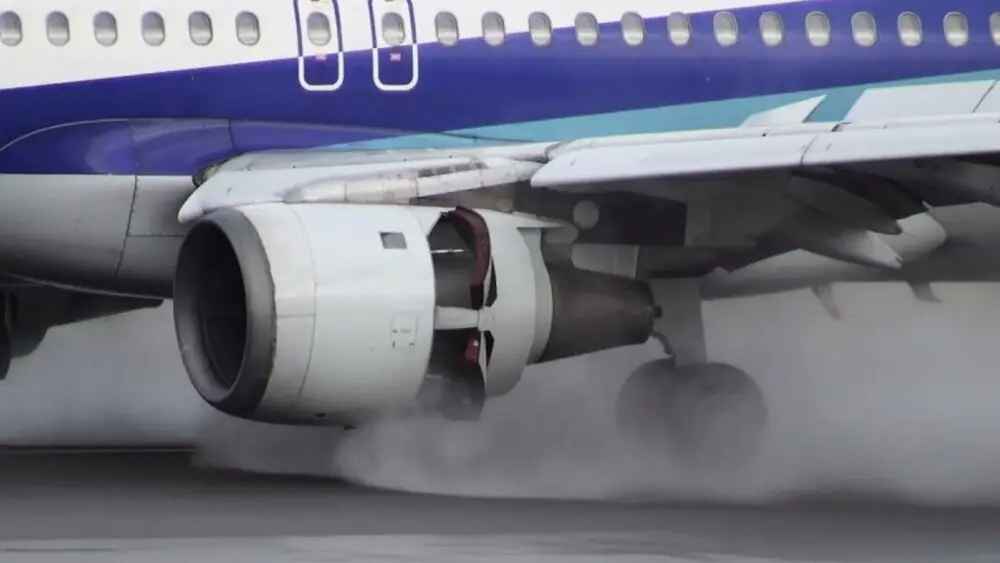
Now imagine a landing without thrust reversers. In that case, all the load falls solely on the braking system. Temperatures rise rapidly, and worse, the heat doesn’t have time to dissipate before the next takeoff. Airports with heavy traffic don’t give pilots the luxury of cooling down the brakes. If a plane attempts to take off with overheated brakes and something goes wrong, during an aborted takeoff (RTO) there may be no effective way to stop – the brakes could fail precisely when they’re needed most.
Another critical reason why thrust reversers are essential is aquaplaning. On a wet runway or during heavy rain, the aircraft’s tires can lose contact with the surface, effectively “floating” on a thin layer of water. In this situation, mechanical braking becomes nearly ineffective. The wheels spin freely without grip, and without intervention from the thrust reversers, the aircraft may not stop in time.
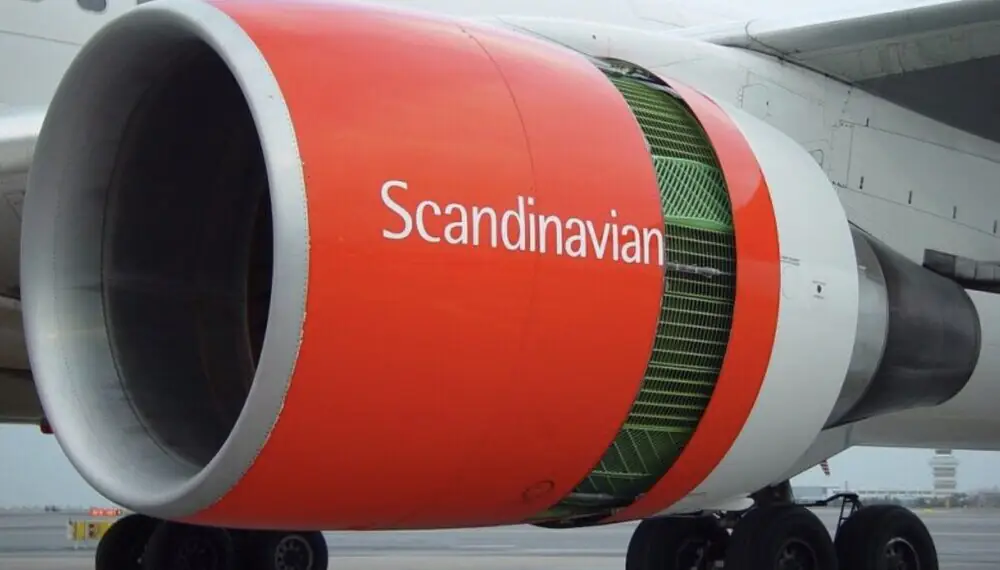
In conditions like short or wet runways, strong winds, or high temperatures, thrust reversers play a crucial role. They not only reduce the landing roll but also lower the risk of mechanical wear, overheating, and dangerous scenarios such as runway excursions. So, while these “opened” nozzles with their distinctive roar may seem unusual, they are actually one of the most important safety systems on the aircraft.
Thrust reversers aren’t just an optional feature – they’re an engineering safeguard that kicks in when everything else is pushed to its limits. Though they might look odd, thrust reversers help reduce delays and ensure smoother landings in challenging weather – making them valuable components of modern aviation safety.
Read also:


